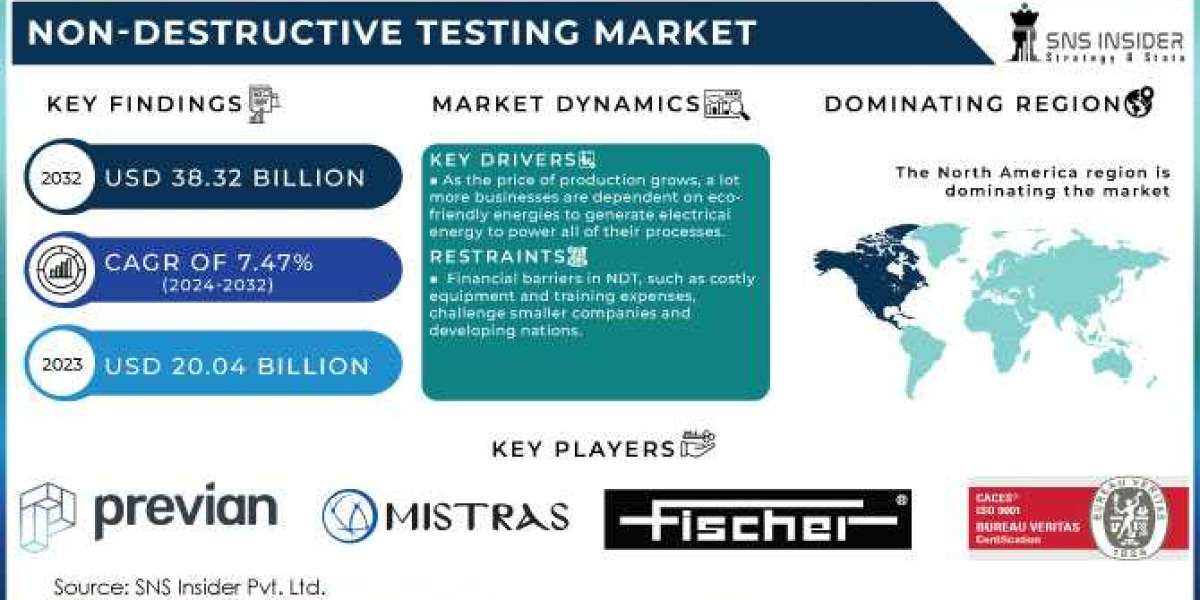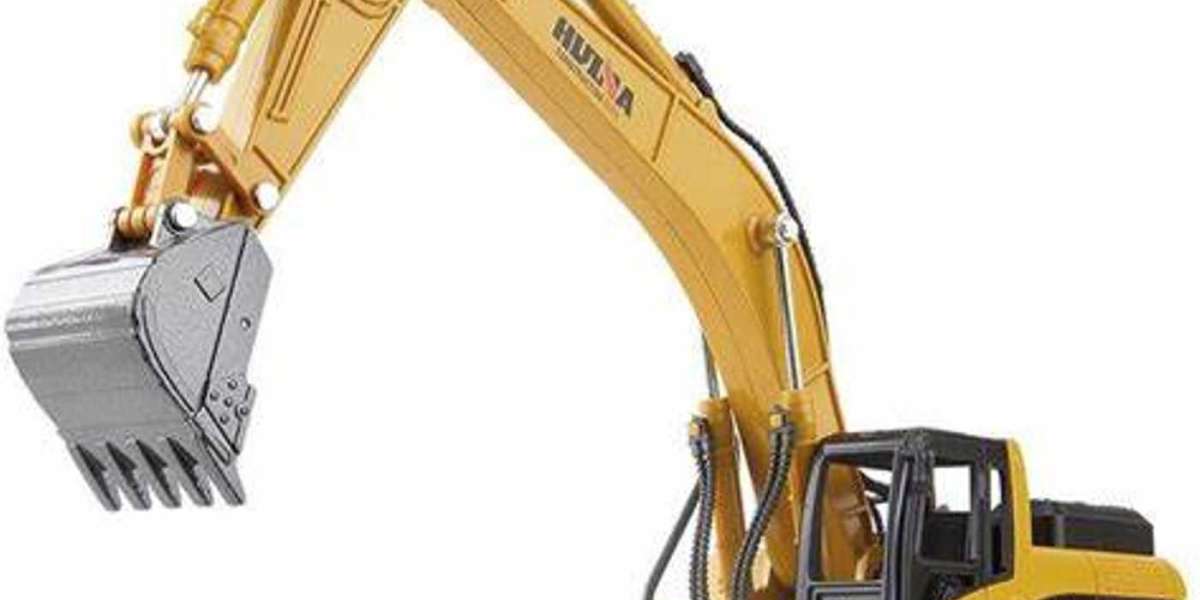Non-Destructive Testing (NDT) is a critical quality assurance technique used to inspect and assess the structural integrity of materials and components without compromising their functionality. Utilizing methods such as ultrasonic testing, radiography, magnetic particle inspection, and eddy currents, NDT helps detect flaws and defects early, ensuring safety and reducing costly failures. The growing demand for high-quality standards in sectors like aerospace, automotive, and power generation has made NDT a fundamental aspect of industrial processes. Its effectiveness in ensuring operational safety and compliance with stringent regulations drives its widespread adoption.
The Non-Destructive Testing Market size is value USD 20.56 Billion in 2023 and is expected to reach USD 39.79 Billion by 2032 with a growing CAGR of 7.61 % over the forecast period 2024-2032.
Drivers:
- Stringent Safety Regulations:Compliance with safety and quality standards across industries.
- Preventive Maintenance Demand:Reducing downtime and preventing failures in critical infrastructure.
- Industrial Growth:Increasing adoption in construction, manufacturing, and energy sectors.
- Technological Advancements:Development of AI-powered and automated NDT solutions.
- Aging Infrastructure:Need for regular inspection and maintenance of old structures.
Future scope:
- AI-Driven NDT Systems:Enhancing accuracy and reducing human intervention.
- Integration with IoT:Real-time monitoring and predictive analytics in inspection.
- Portable NDT Devices:Compact, user-friendly tools for on-site applications.
- Application in Emerging Industries:Use in renewable energy, 3D printing, and advanced materials.
- Advanced Imaging Techniques:Higher precision with 3D imaging and digital radiography.
Emerging trends:
- Automation in NDT Processes:Robots and drones for automated inspections in hazardous environments.
- Digital Twin Integration:Virtual simulations for defect prediction and analysis.
- Eco-Friendly Testing Methods:Reduction of harmful chemicals and radiation in testing.
- Hybrid NDT Techniques:Combining multiple methods for comprehensive analysis.
- Cloud-Based Data Management:Centralized storage and analysis of NDT inspection data.
Conclusion :
Non-Destructive Testing is a cornerstone of modern quality control, ensuring the safety and reliability of industrial systems while minimizing operational risks. With advancements in AI, IoT, and automation, NDT is evolving to meet the challenges of complex industrial environments. Its expanding applications in emerging sectors like renewable energy and advanced manufacturing signal a bright future, driving innovation and efficiency across industries.
Read Full Report @ https://www.snsinsider.com/reports/non-destructive-testing-market-1106
Contact Us:
Akash Anand – Head of Business Development Strategy
info@snsinsider.com
Phone: +1-415-230-0044 (US) | +91-7798602273 (IND)














